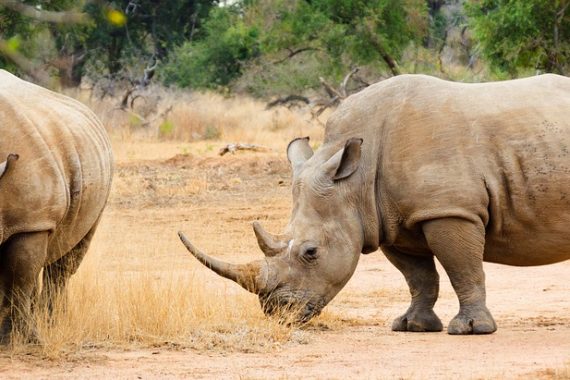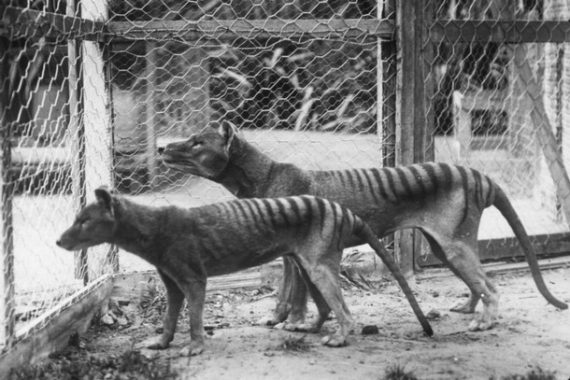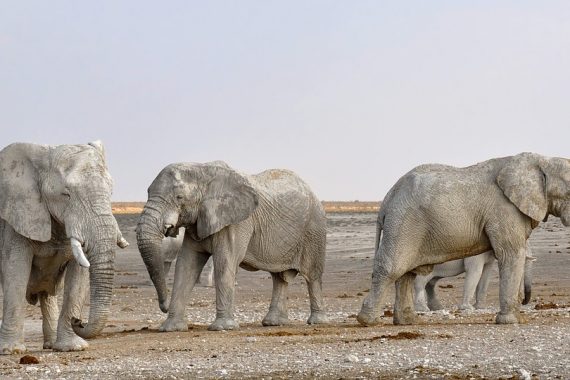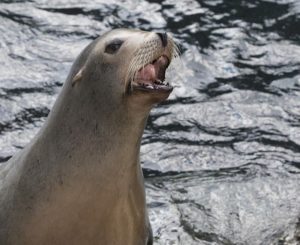 To end Plastic Free July we are covering our final species from the ocean, the California Sea Lion. By far one of many peoples favorite seal-like species, the California Sea Lion is an amazing predator. We know you will really enjoy this one and learn more about this beloved animal.
To end Plastic Free July we are covering our final species from the ocean, the California Sea Lion. By far one of many peoples favorite seal-like species, the California Sea Lion is an amazing predator. We know you will really enjoy this one and learn more about this beloved animal.
As a side note, thank you to all the participants in our Plastic Free July Challenge. As a collective we placed 21 out of over 300 teams! We are all making a difference and stay tuned for next year’s challenge.
California Sea Lion Natural History
This will be our 4th Pinniped that we have covered, and we learn something new every time.
Seals, Sea Lions, and Walrus all descended from a common ancestor over 23 million years ago. A missing link, the Puijila, was discovered in Canada and is seal-like and also otter like. This is thought to be one of the first transitions to the seal form we see today. Within Pinnipeds there are:
- Family of Phocidae (true seals like elephant and monk seals)
- Family of Odobenidae (Walrus)
- Family of Otariidae (sea lions, fur seal, these have ears)
There are six species of Sea Lions:
- Japanese sea lion
- Galapagos sea lion
- Stellar’s sea lion (Alaska to Russia, Bearing strait)
- New Zealand sea lion
- Australian Sea Lion
- South American Sea Lion
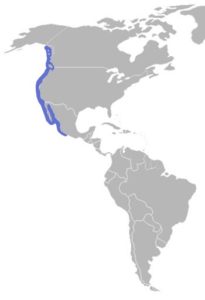
The Galapagos and Japanese Sea Lions are part of the same Genus (Zalophus) as the California Sea Lion (Z. californianus). Sadly, the Japanese Sea Lion went extinct off Japan in the 1970s.
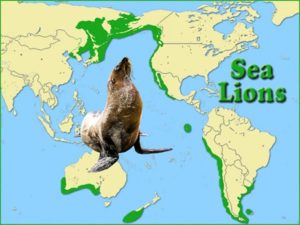
California Sea Lion Physiology
Sea Lions can live up to 20 years in the wild and 31 years under human care. They are fast swimmers, reaching top speeds of 25 miles per hour (40 kmph) and can stay underwater for up to 10 minutes in pursuit of prey. They also can dive at least 1,312 feet (400 m) deep but tend to stay in shallower waters to find food.
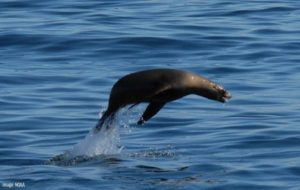
Sea Lions have ear flaps that give them dog-like appearance. They also are much more maneuverable on lamb with their ability to turn their limbs, unlike true seals.
California Sea Lions can hunt alone or in groups. They eat a variety of prey, including Pacific sardines, anchovies, red octopus, jumbo and squid, mackerel and hake, and other fish.
Conservation
California Sea Lions are classified as Least Concern by the IUCN. Their numbers are stable.
Organization

